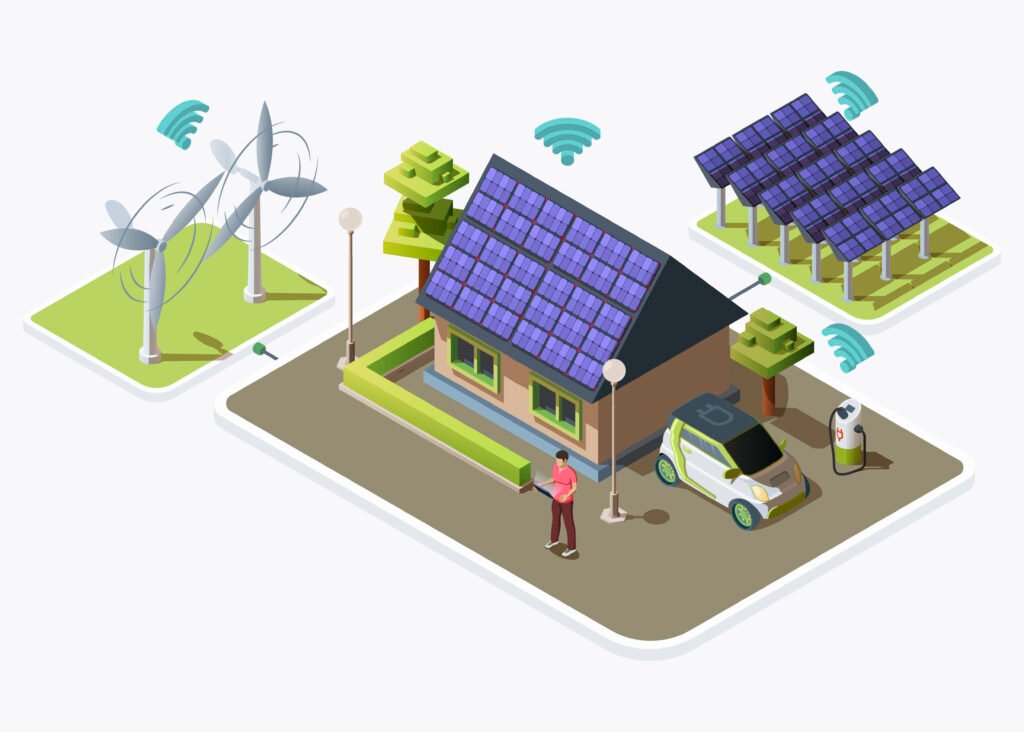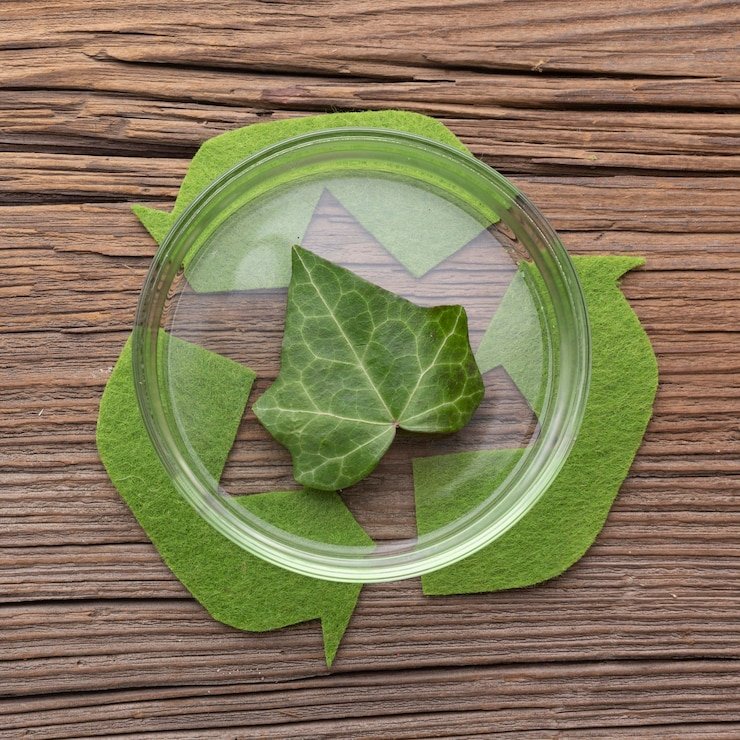In theory, copper can be recycled indefinitely, and still maintain its intrinsic values such as conductivity and malleability. However, for various reasons, recycling copper can produce lower quality/grade material.
Through use, copper is often mixed with other metals, chemicals or coatings. Once contaminated, scrap copper may no longer be suitable for applications such as electrical, and instead is diverted to products such as plumbing. This divert, and narrowing of possible future uses, is known as downcycling.
In order to prevent downcycling, a number of processes in the value chain are in place. The aim of these processes is to protect the composition (https://mm-markets.com/videocast-the-importance-of-composition/) of the scrap, in order that it may be used again in higher yielding applications. The development of closed loop recycling in the electrical field contributes to retaining material for high grade use. Scrap from manufacturing, direct melt, and for example wire and cable production offcuts, are collected and re-melted. This tonnage returns directly back into the production line – it is most efficient.
Technologically advanced scrap sorting and separation, such as use of eddy current separation, sensor-based sorting, and electrorefining, are used to separate copper from various contaminants. The aim of the processing is to enable the copper to be as pure as possible for use in the highest value applications. In addition to metal industry input, manufacturers are increasingly designing products with easier recycling in mind. However, with increasingly smaller electronics, scope is limited in some sectors.
Increased regulation, for example, which regulates for improved collection systems, better separation of materials, seed funding/structure, and offers recycling stream targets, might also contribute to minimising copper downcycling in future.
MM Markets (mm-markets.com) is tracking developments in recycling, and we are able to help you navigate the market!




